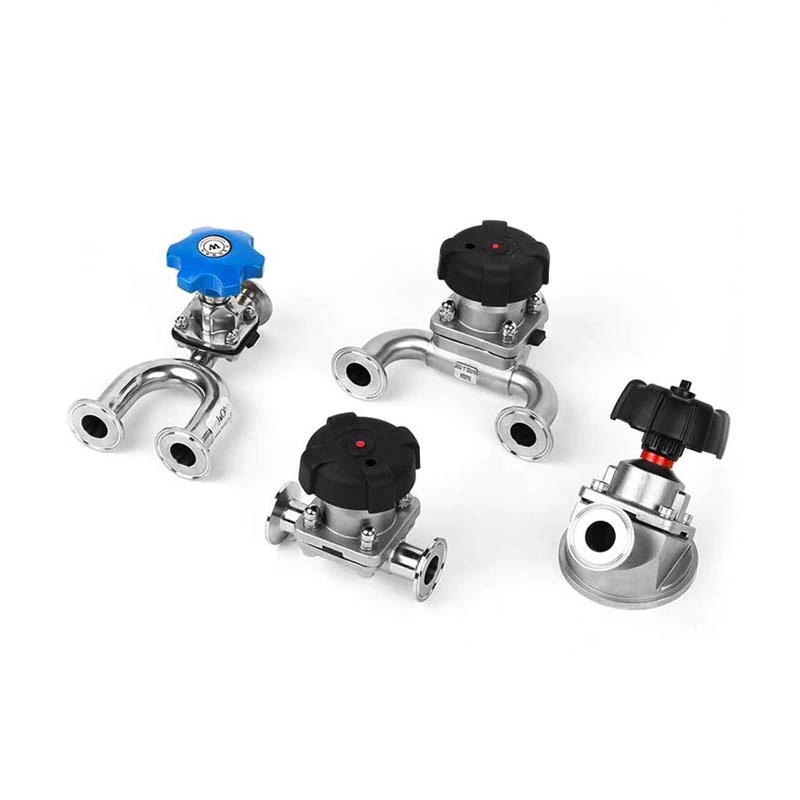The Following Factors Should Be Considered When Selecting A Sanitary Diaphragm Valve:
The following factors should be considered when selecting Sanitary Diaphragm Valve:
Fluid media to be controlled by tri clamp diaphragm valve
Temperature range of fluid media
Pressure range to be experienced by 3 way sanitary diaphragm valve
Climatic conditions that may affect the operation of hygienic diaphragm valve
Possible abnormal pressures or stresses to be experienced by tank bottom diaphragm valve
Safety standards or pipeline regulations to be met
Valve categories
What is the control function of sanitary diaphragm valves? Each valve structure is used to perform a certain function. Don't expect a valve to be able to perform all functions in the entire pipeline system.
Pressure-temperature rating. To meet actual needs, pay special attention to the pressure-temperature rating of the required valve. Pay special attention to sealing materials and gasket materials, which determine the pressure-temperature rating of the valve to a considerable extent. Specify sealing materials and sedimentation materials according to actual needs to meet or exceed actual needs.
Sanitary diaphragm valves and connection methods. The integrity of the pipeline system, future routine maintenance, anti-corrosion factors, on-site assembly, weight and safety are all factors that should be considered when determining the connection method between valves and pipelines.
Operation mode or operation method Choose the appropriate operation mode or operation method according to the valve type, size, pressure, temperature, installation environment and other factors.
Ordering of sanitary diaphragm valves
When ordering sanitary diaphragm valves, please provide the following data to avoid unnecessary repetition and delays and ensure that the valve purchased is indeed the valve you need.
Diameter of sanitary diaphragm valves
Pressure interface materials: castings and component materials.
Types of valves: gate valves, stop valves, check valves, butterfly valves, ball valves, etc.
Terminal connection method, if the connection method is welding, the wall thickness of the connecting pipe must also be provided; if the connection method is flange, the flange surface or polishing degree must be provided.
Any materials different from the standard configuration: sealing materials, sedimentation materials, bolt materials, etc.
Any accessories: acid protection layer, locking device, chain operation, etc.
Manual or power actuator: Please include the required technical details.
For the convenience of ordering, please determine the specifications and models.
The nominal diameter of the pipe connected to the valve must be determined. Valve Materials When deciding on the correct sanitary diaphragm valve material, the following factors should be considered:
The fluid medium to be controlled by the valve
The temperature range of the fluid medium
The pressure range to which the valve is subject
Climatic conditions that may affect the operation of the valve
Possible abnormal pressures or stresses to which the valve is subject
Safety standards or pipeline regulations to be met
